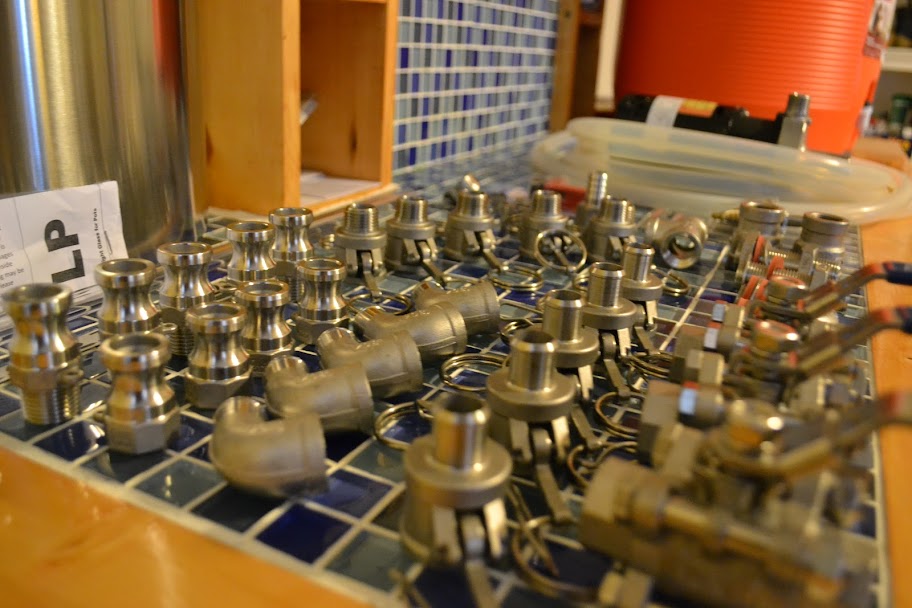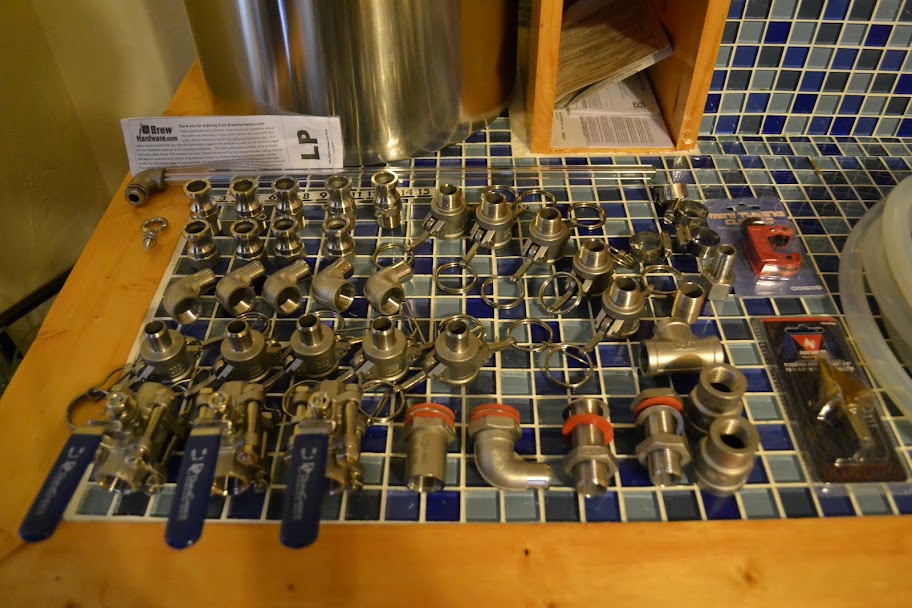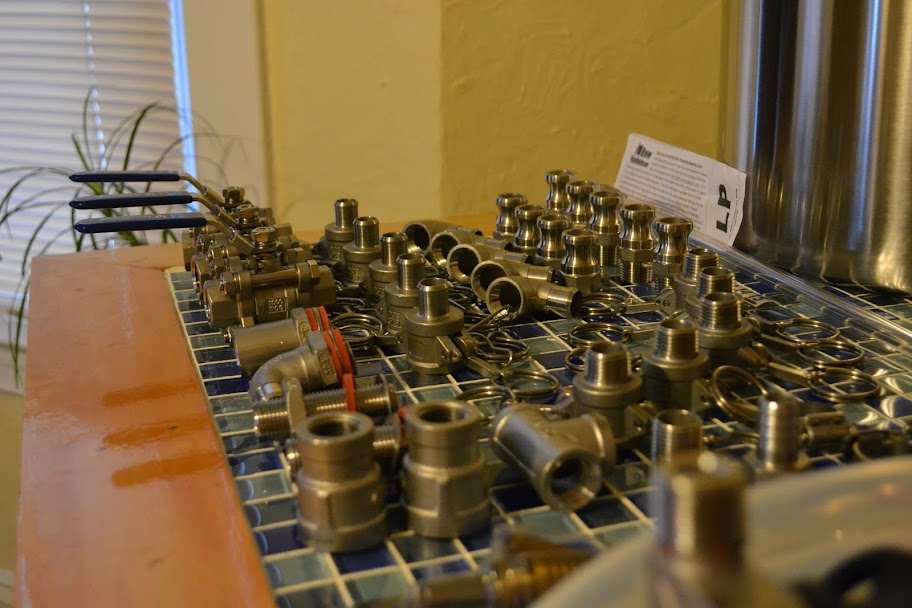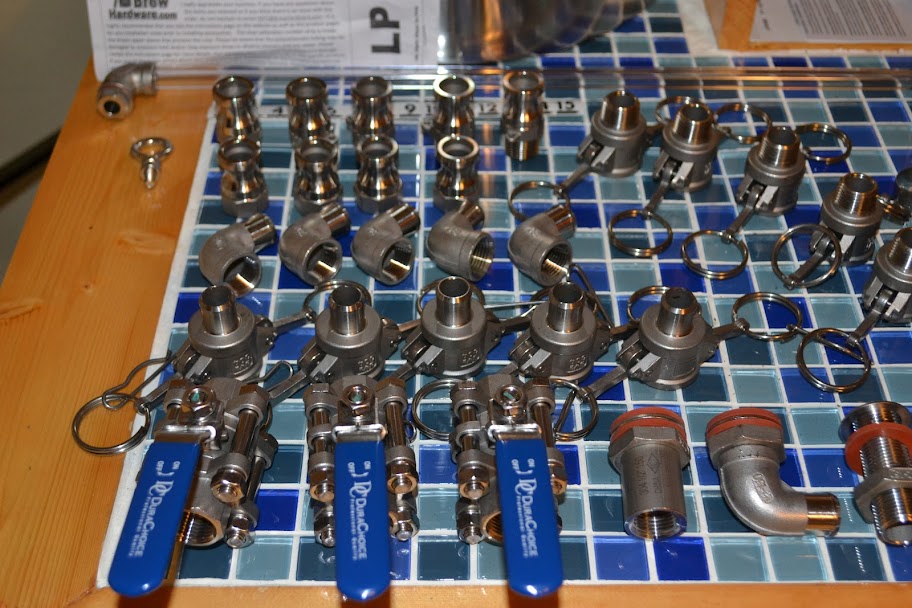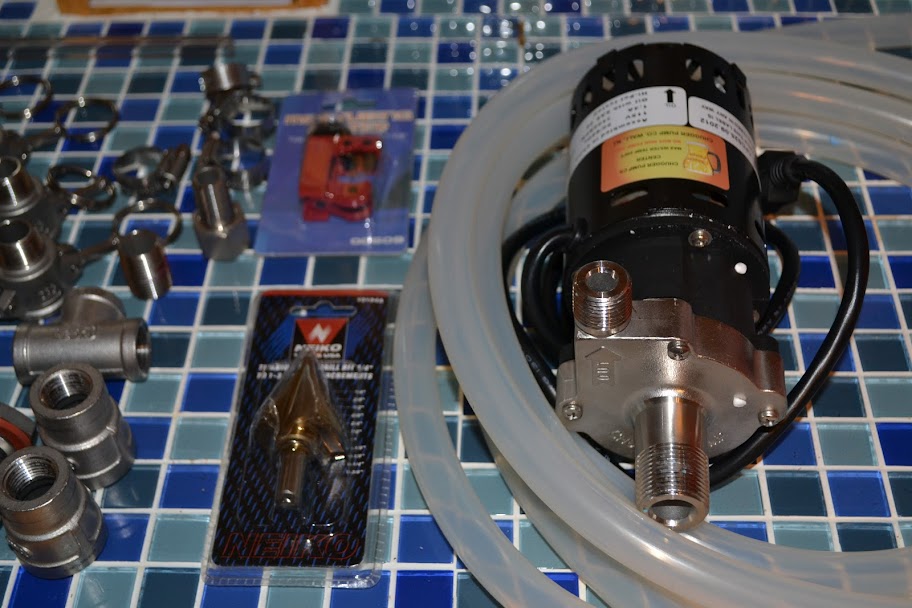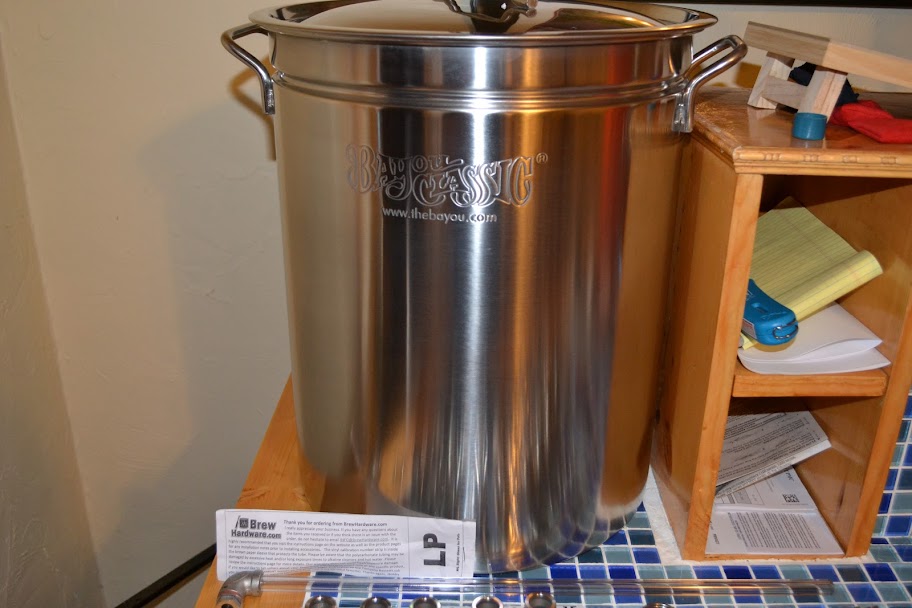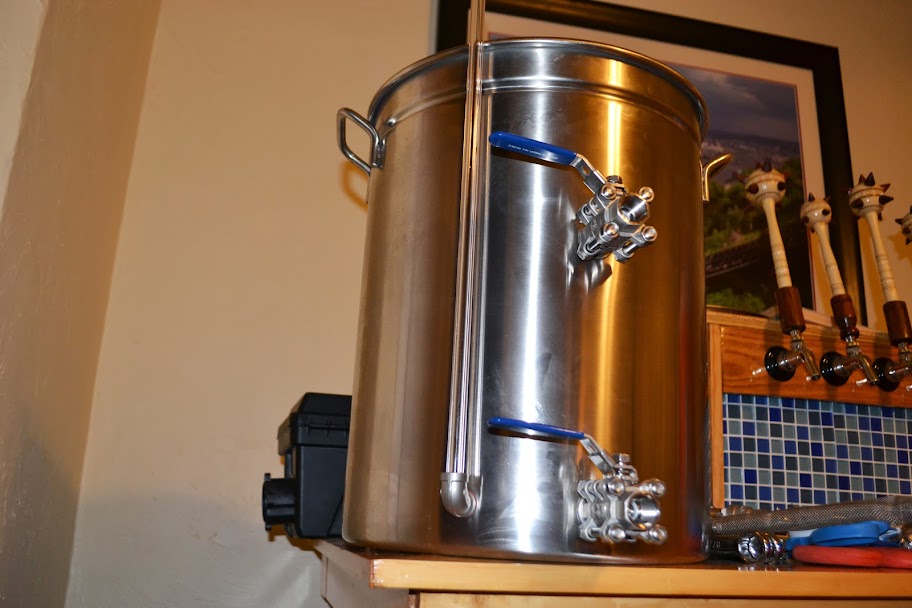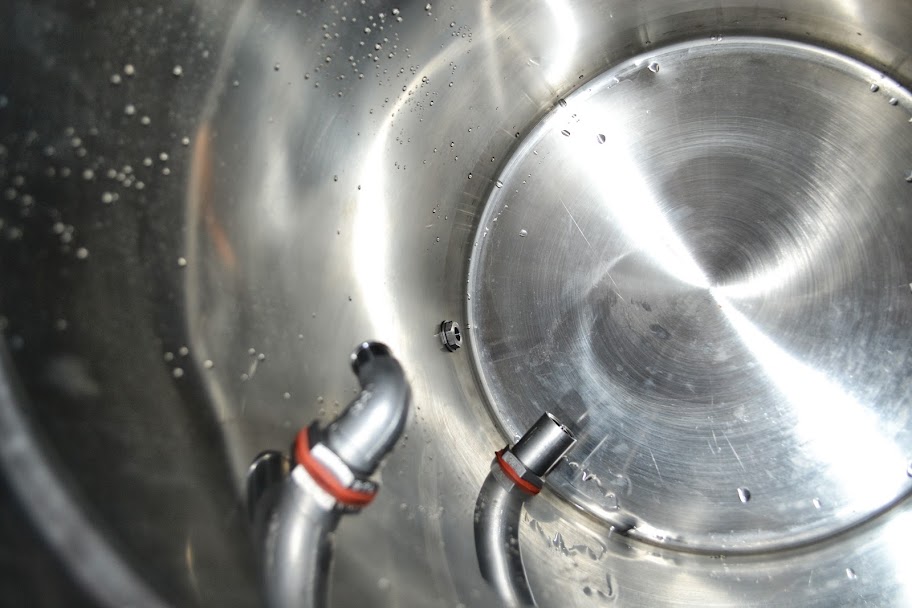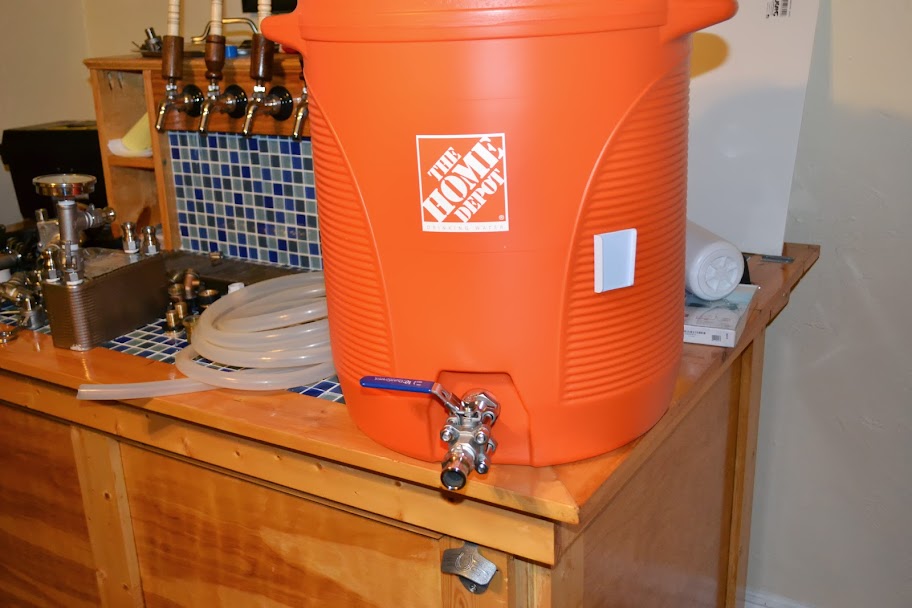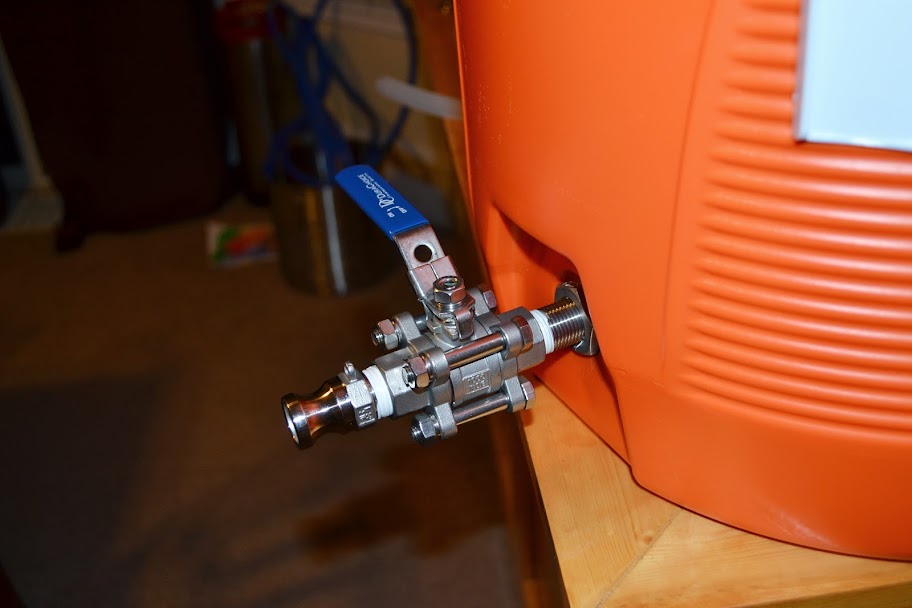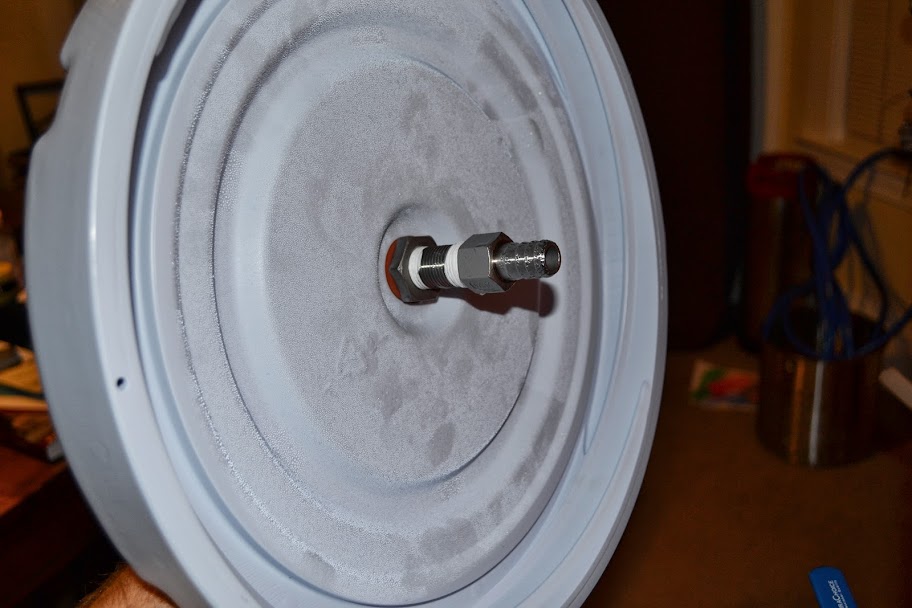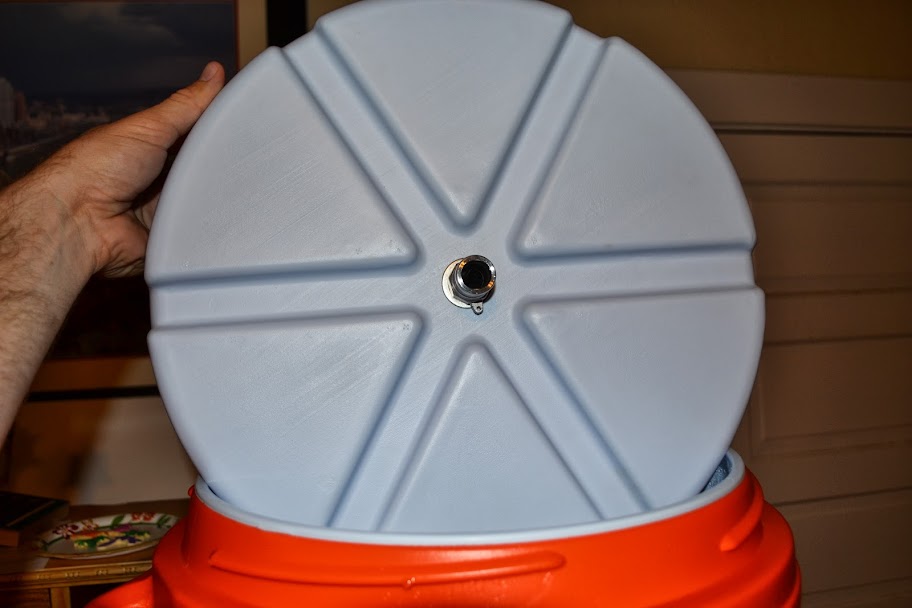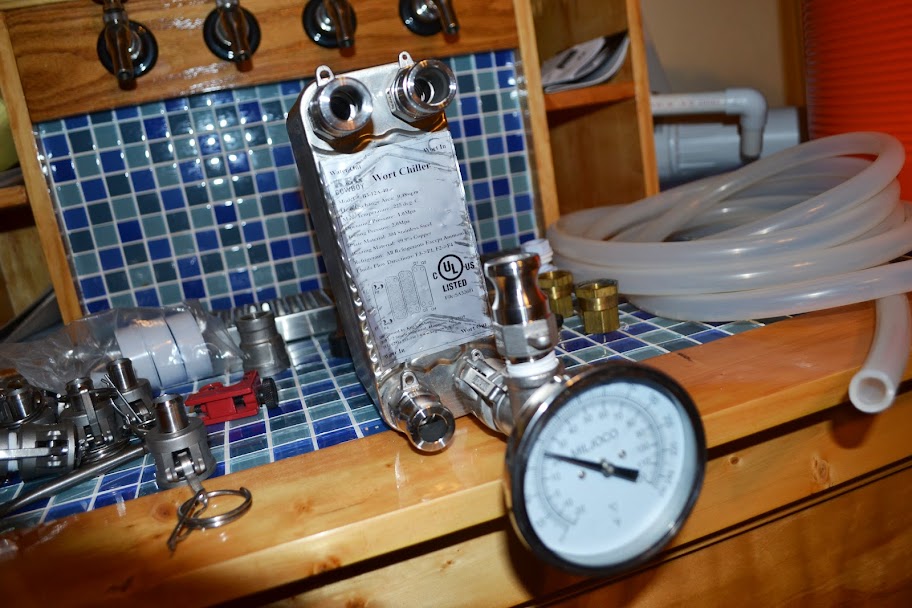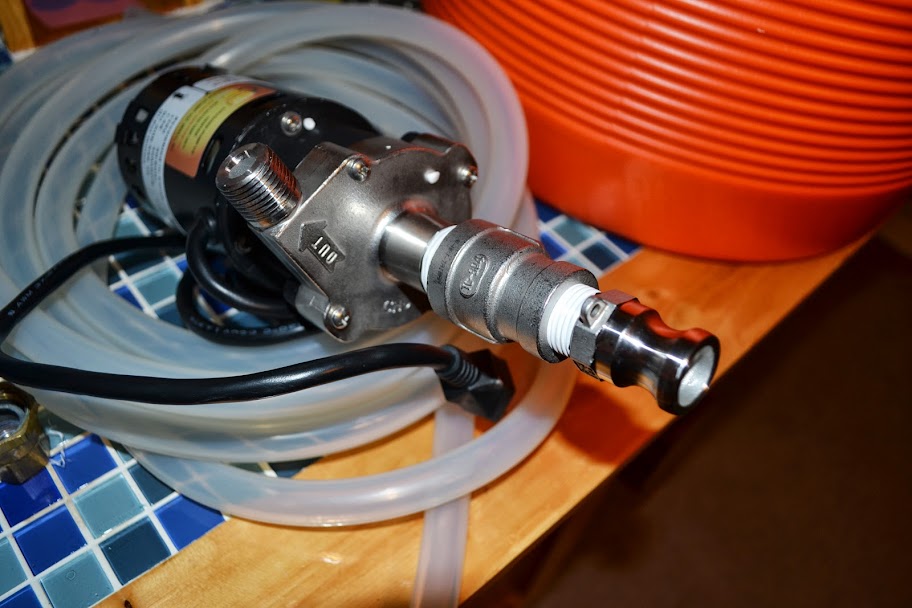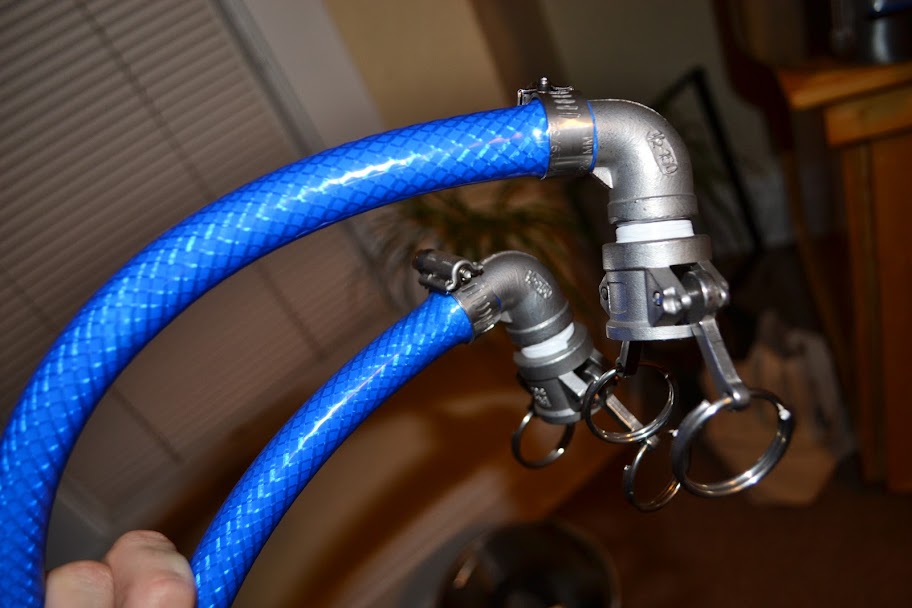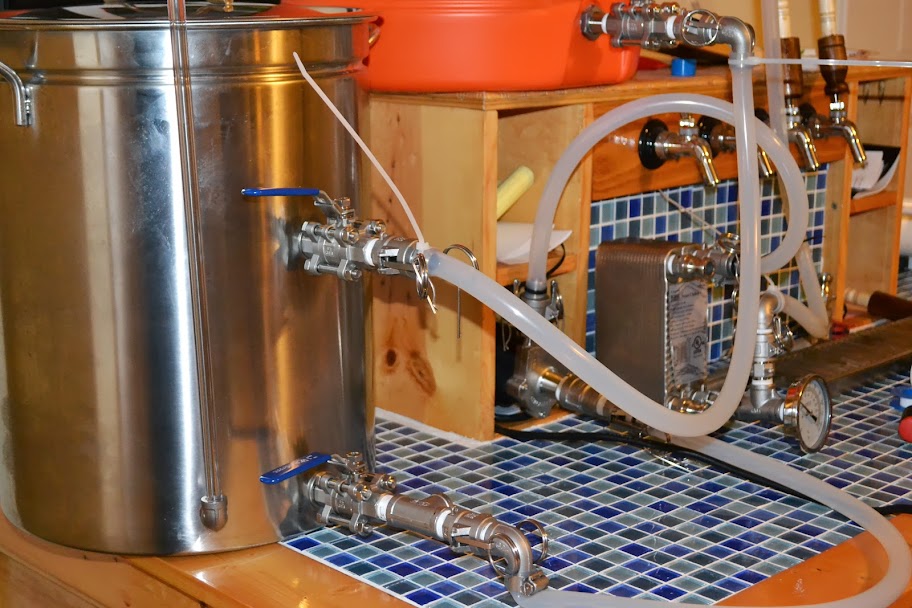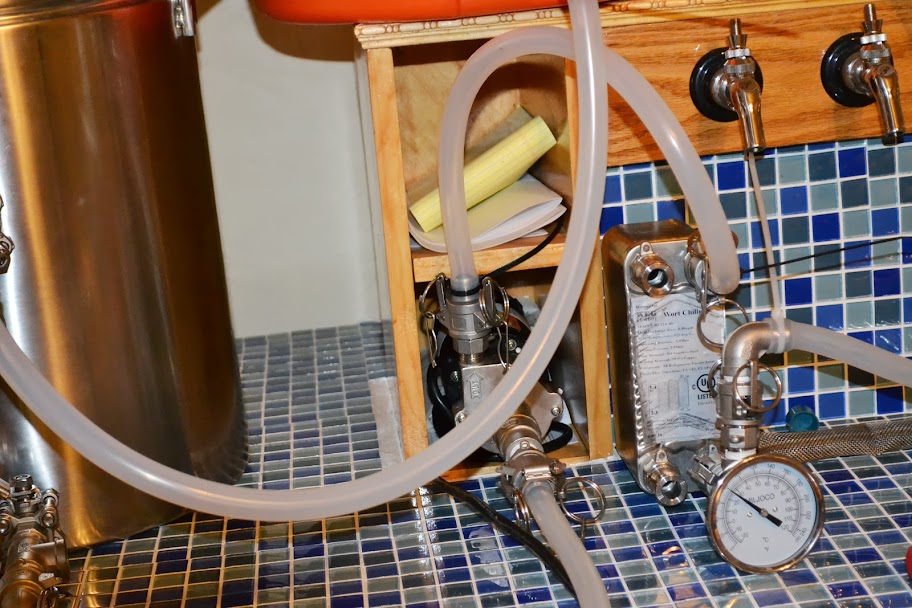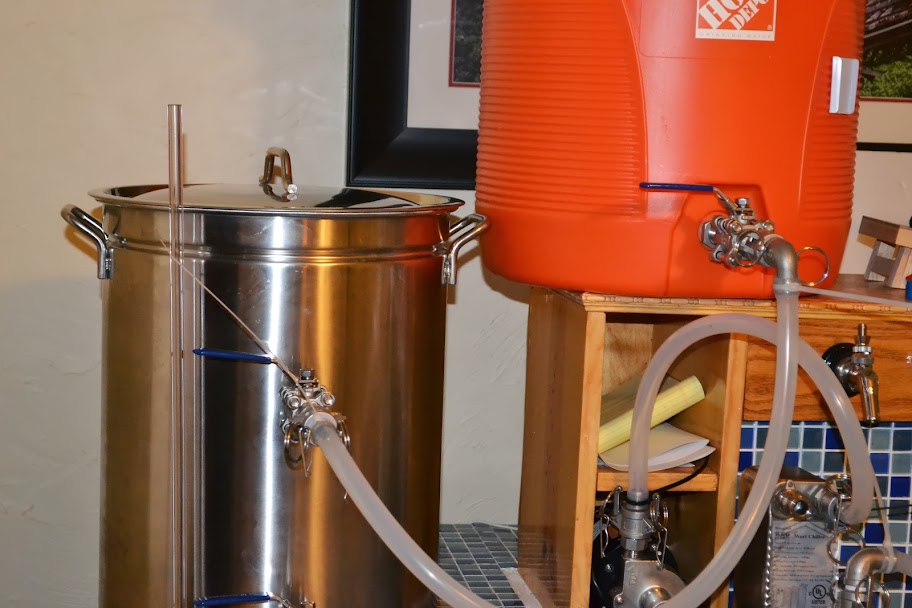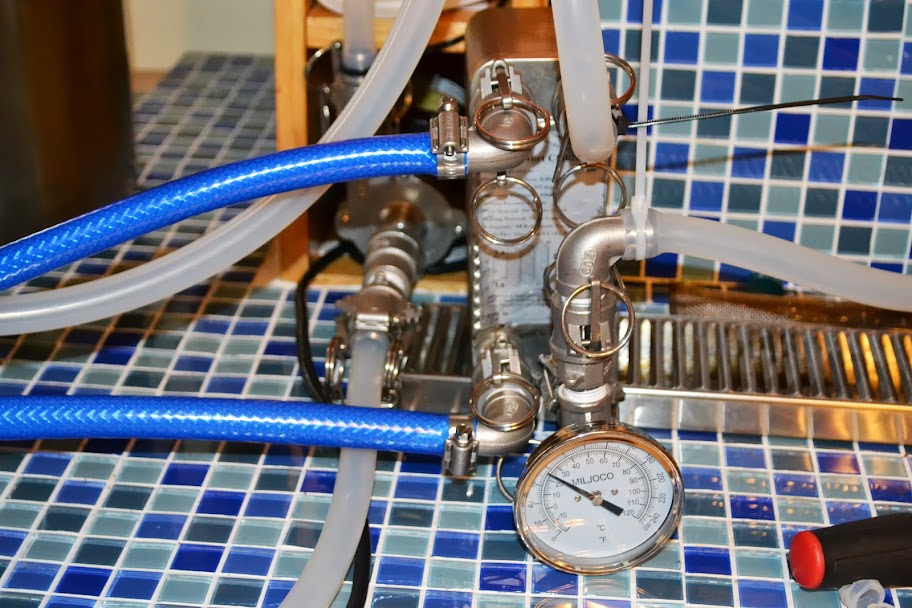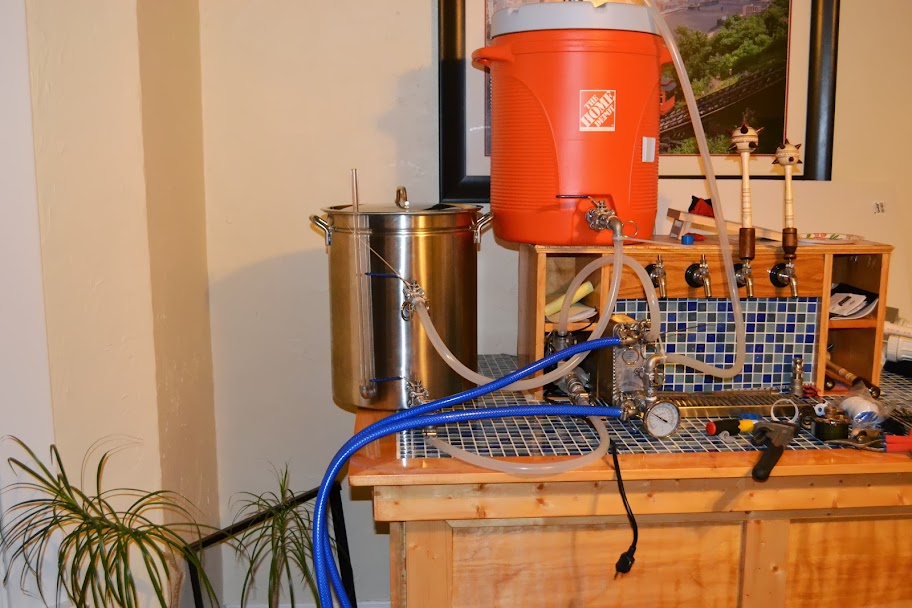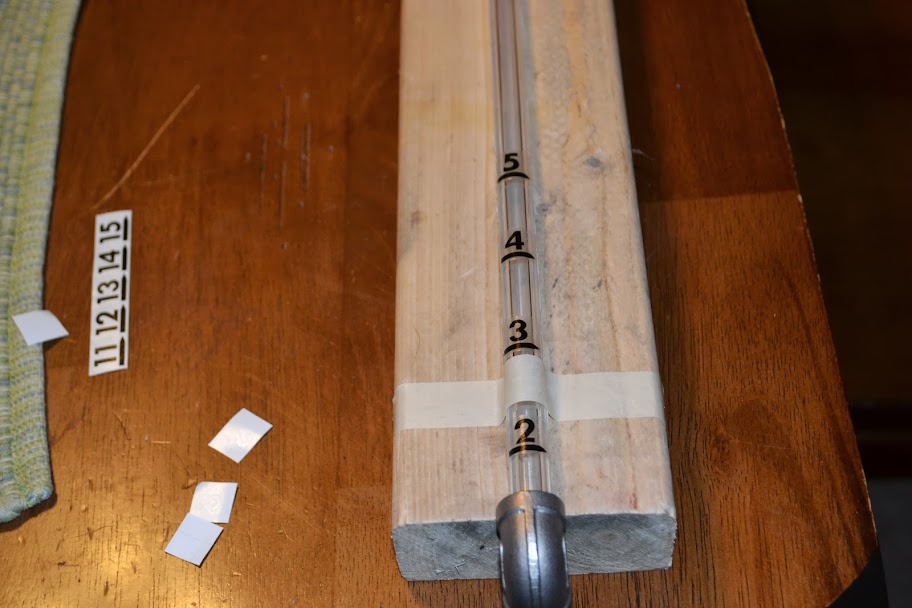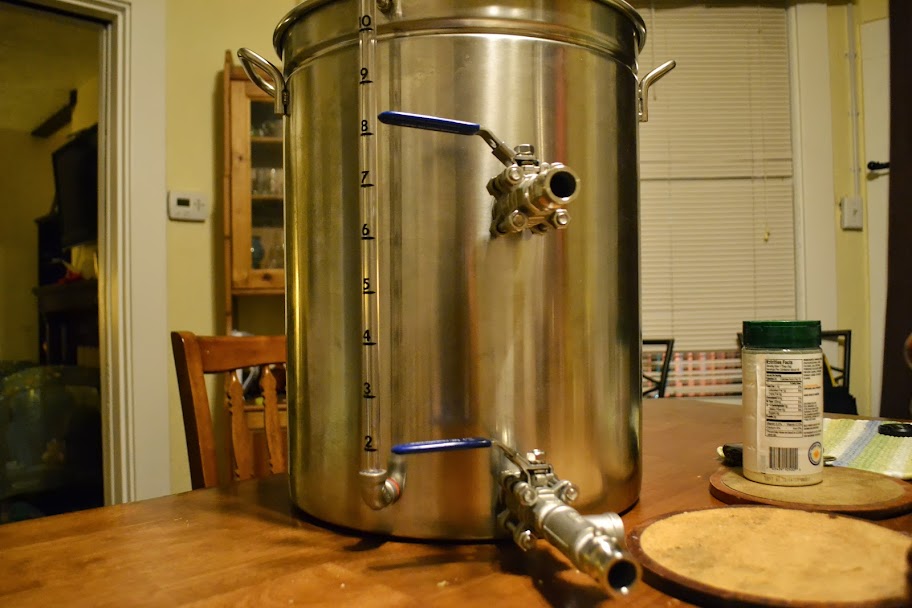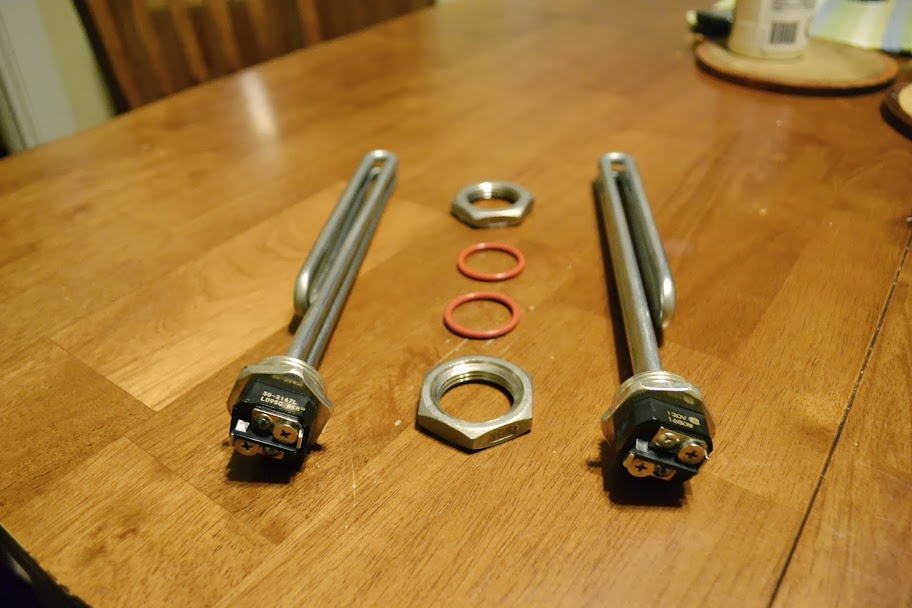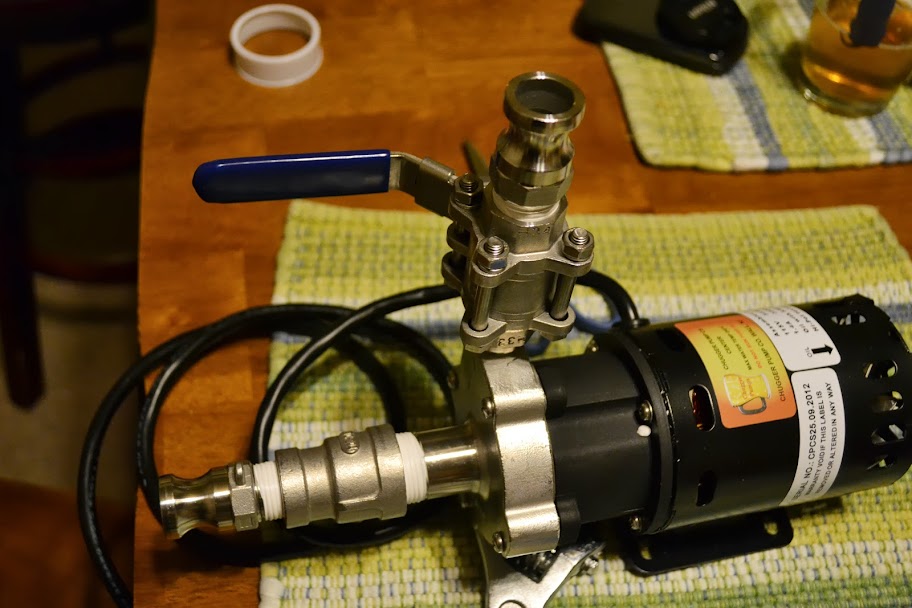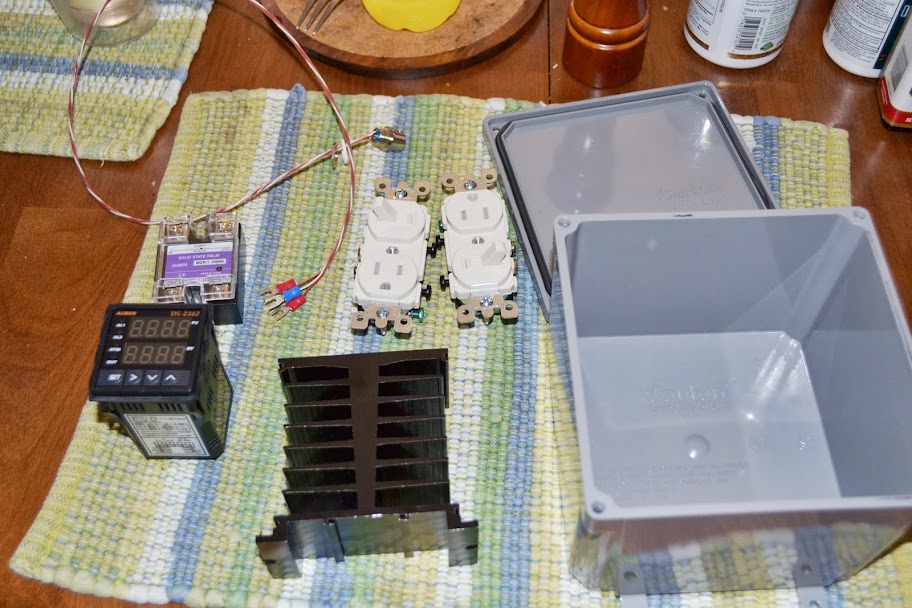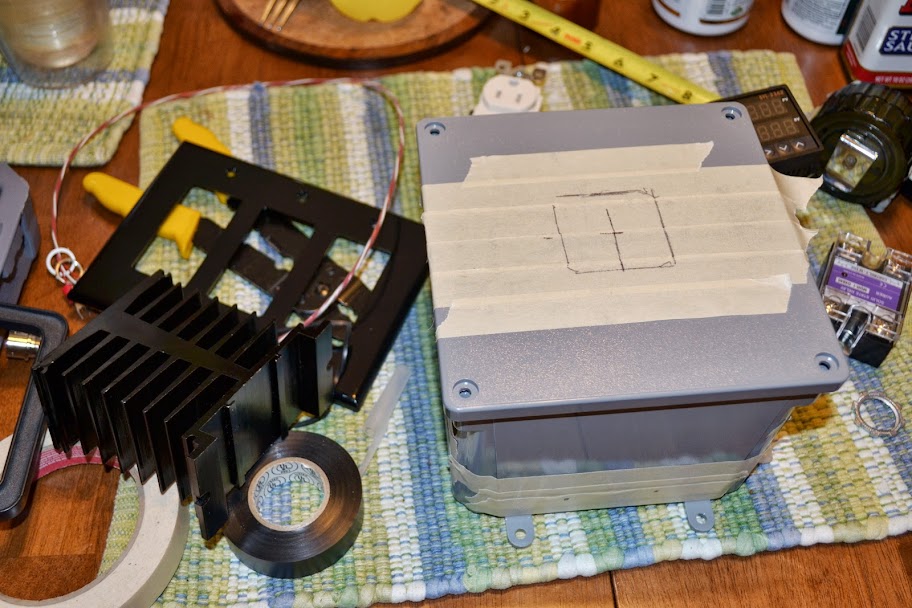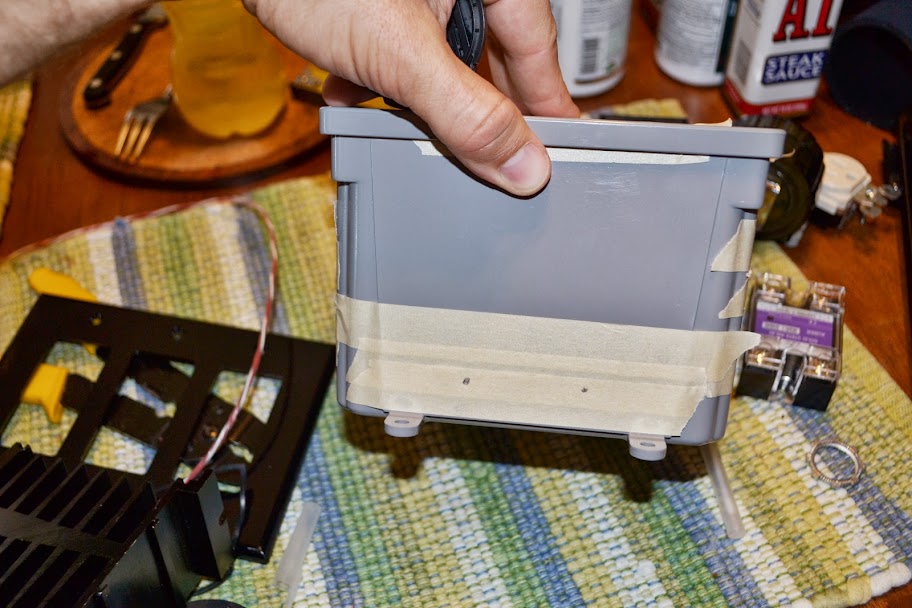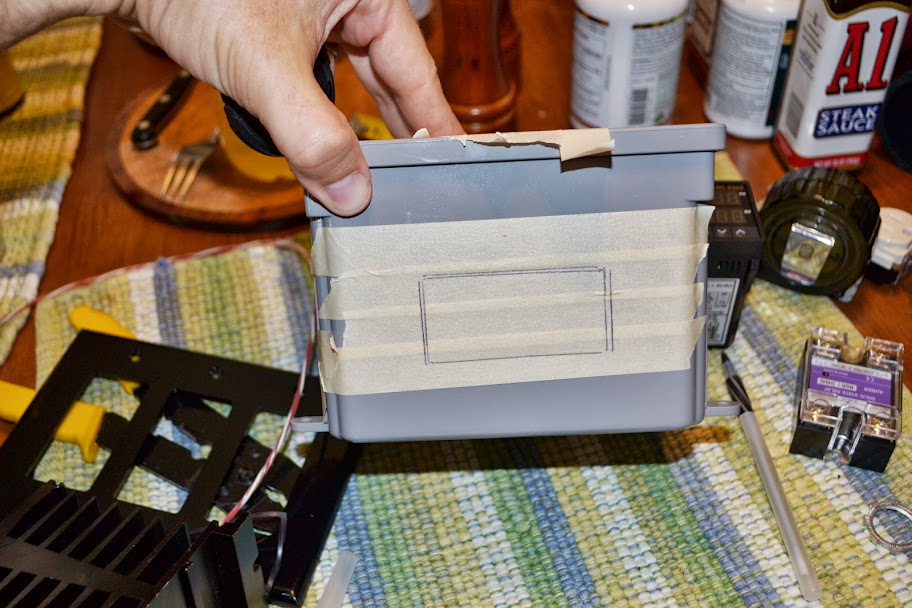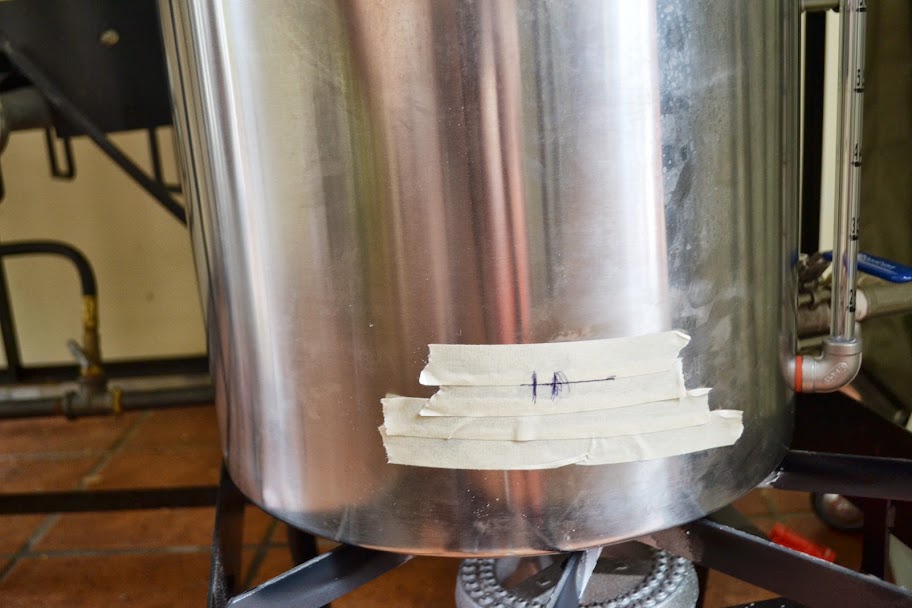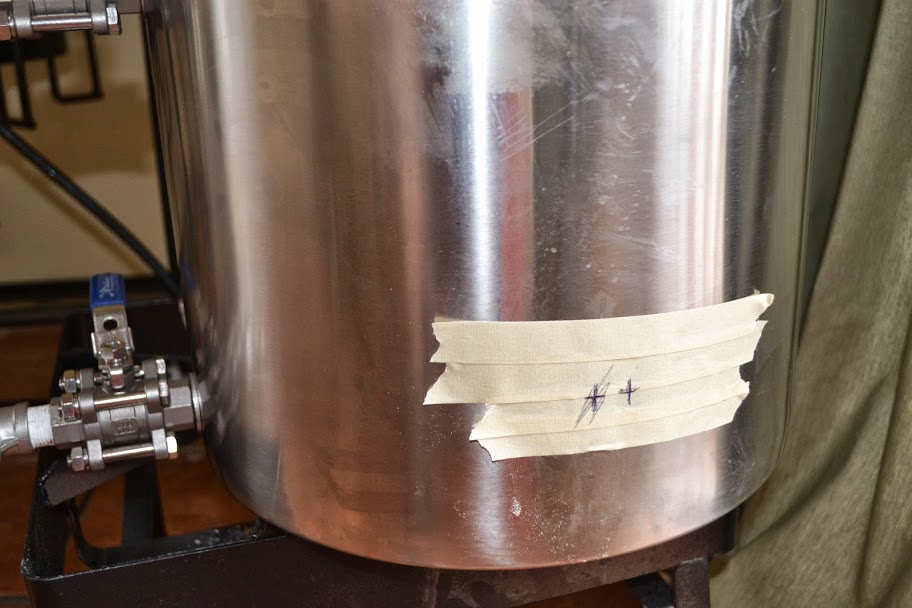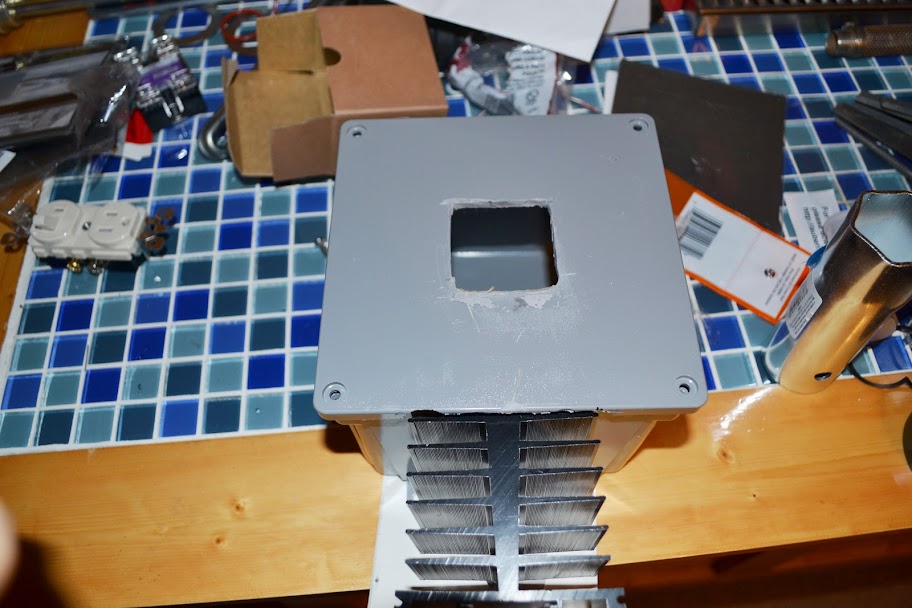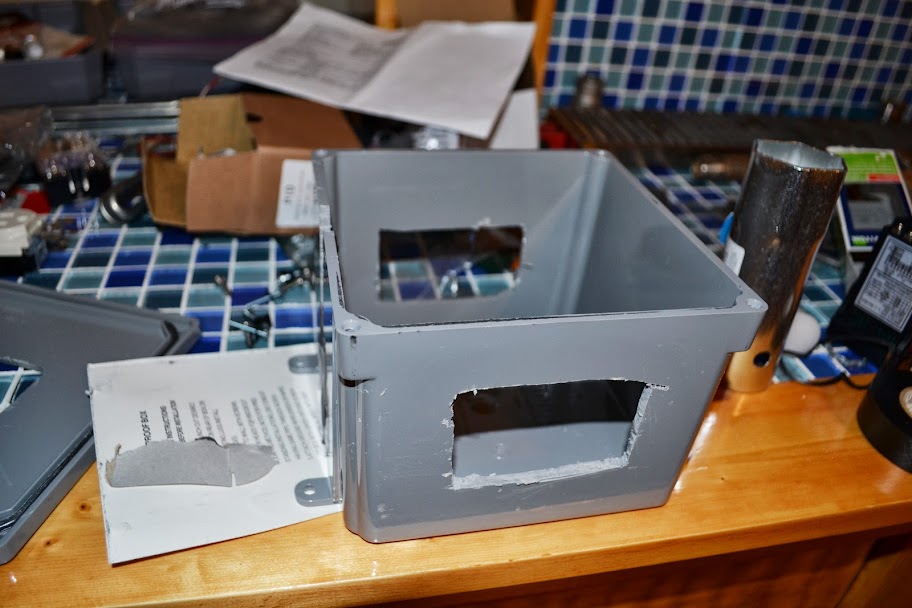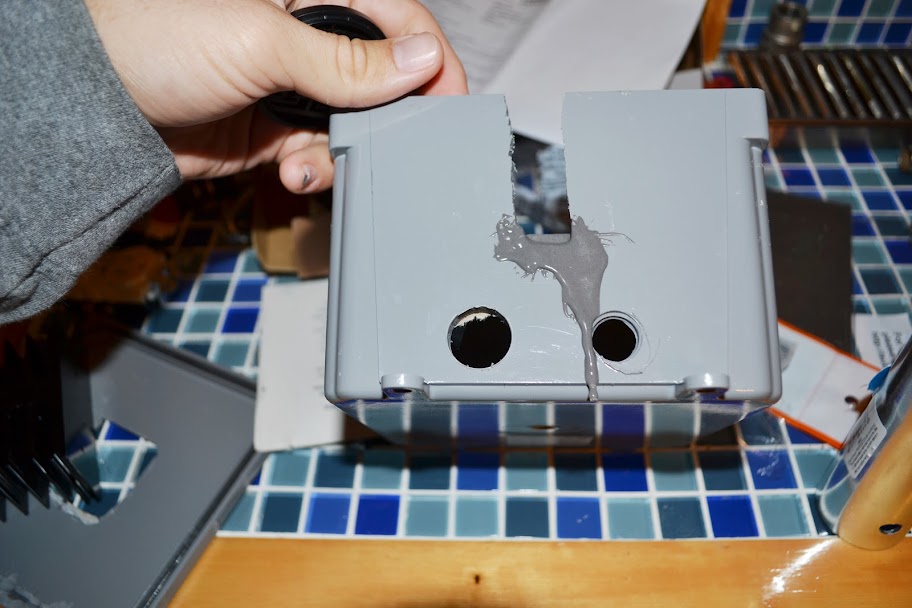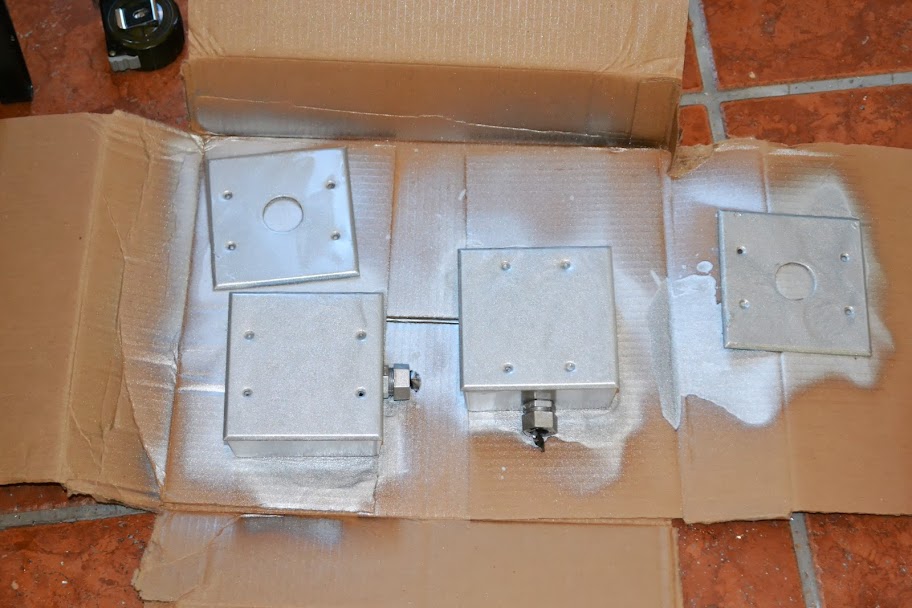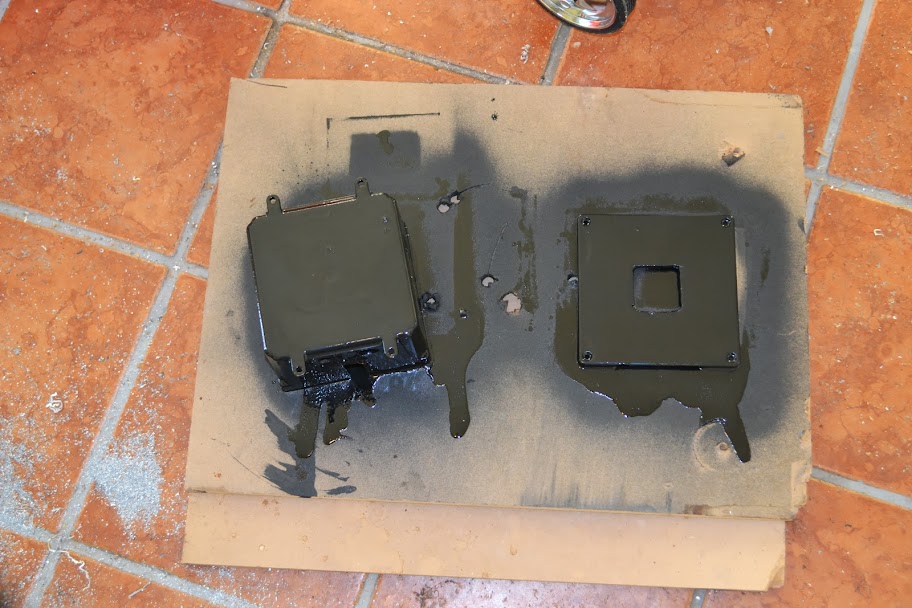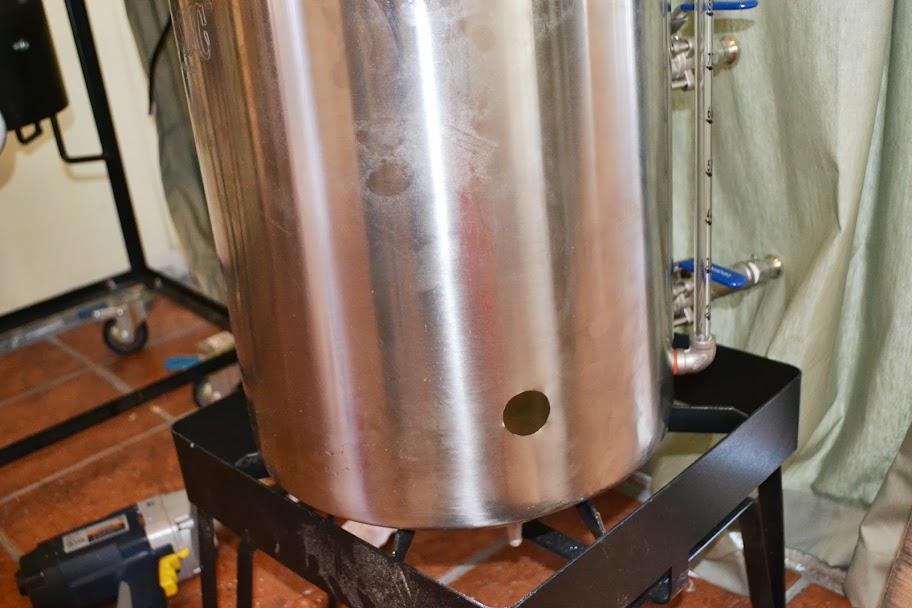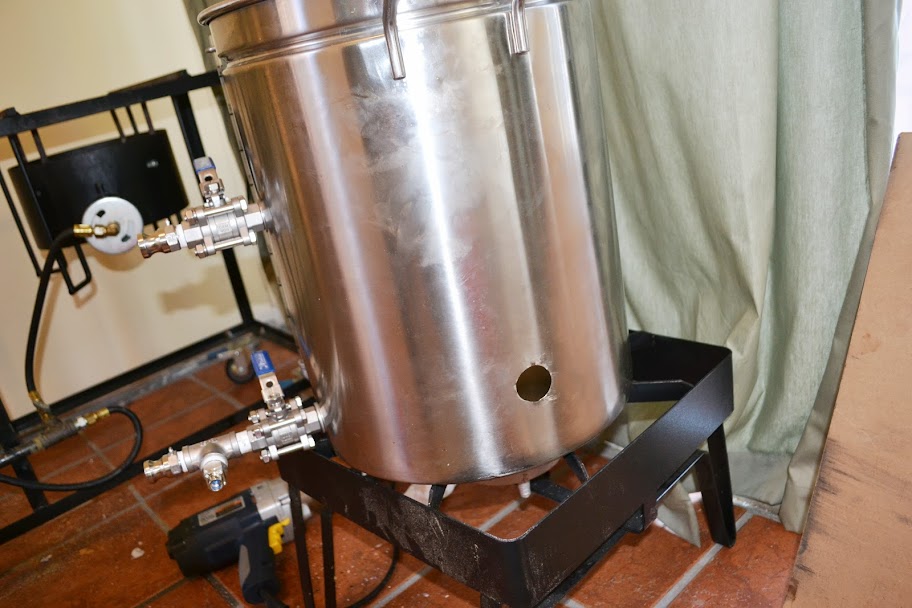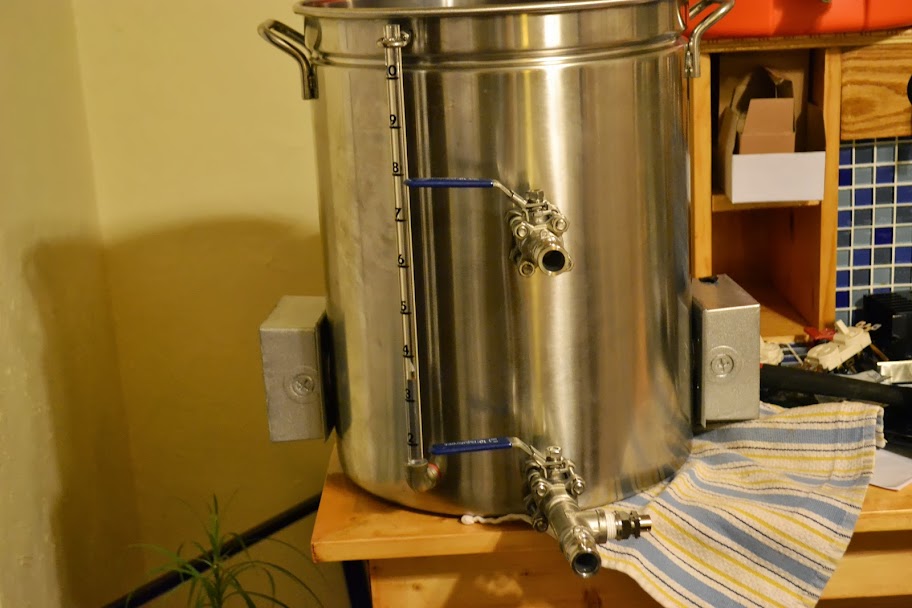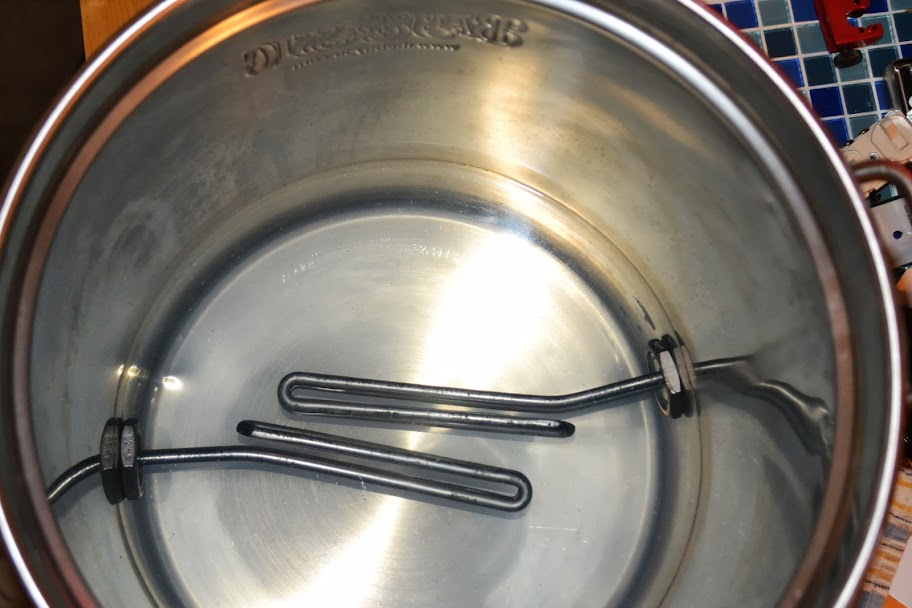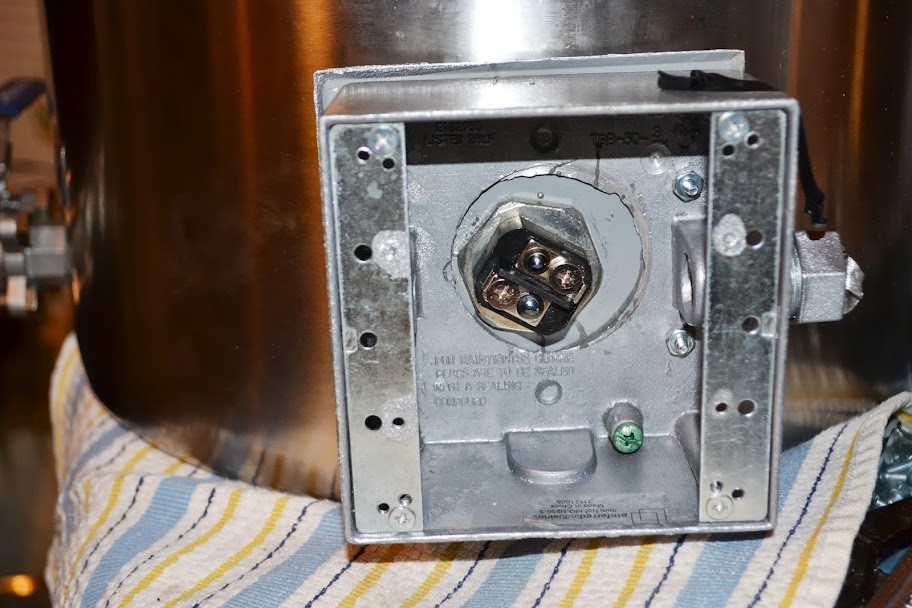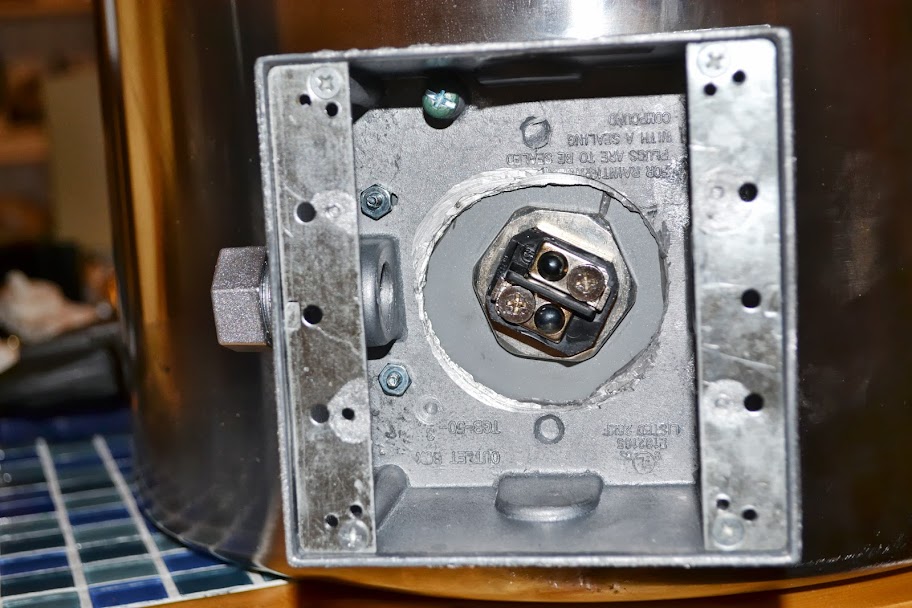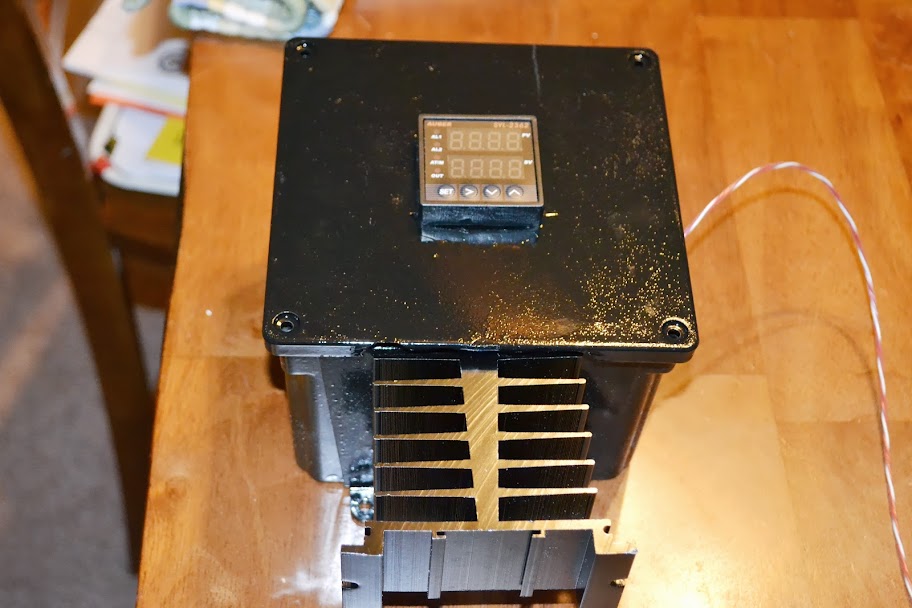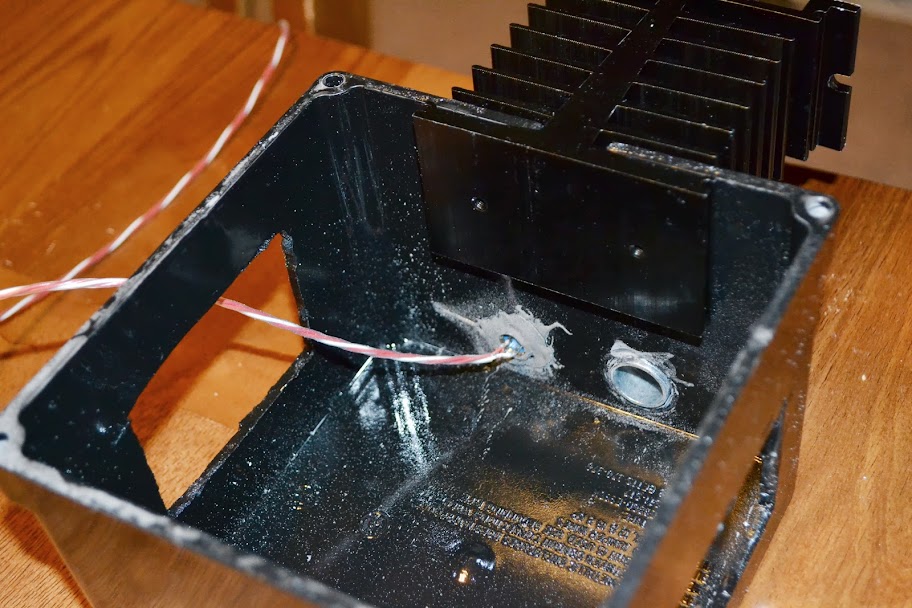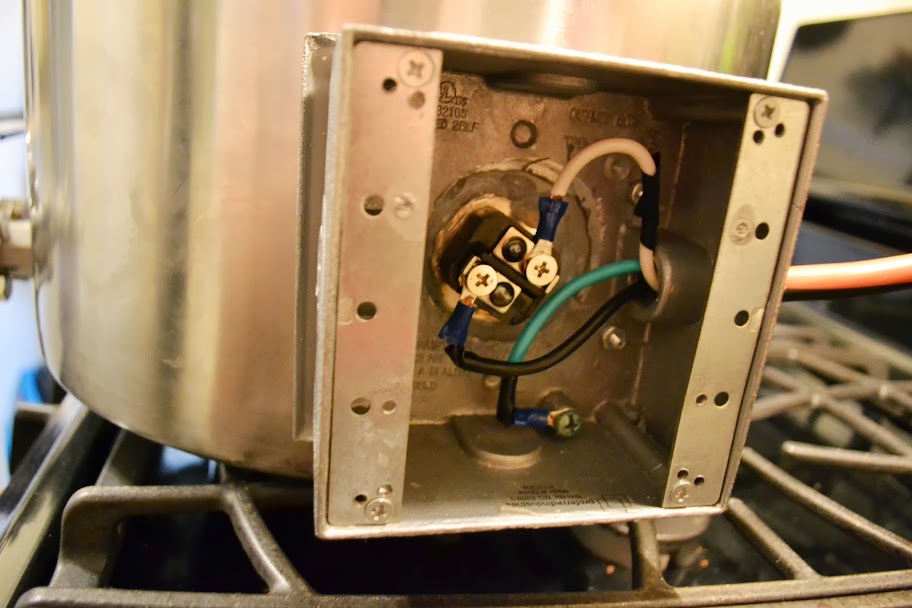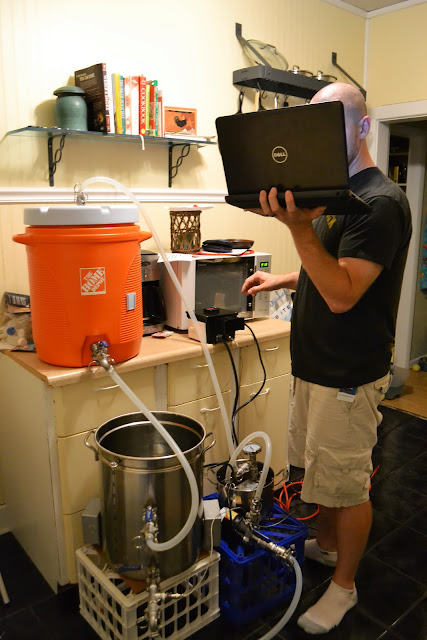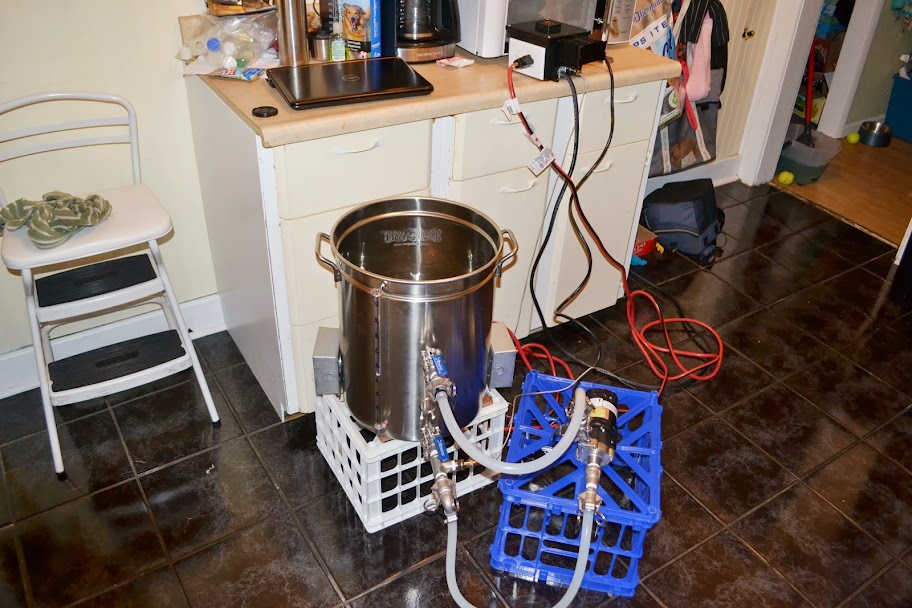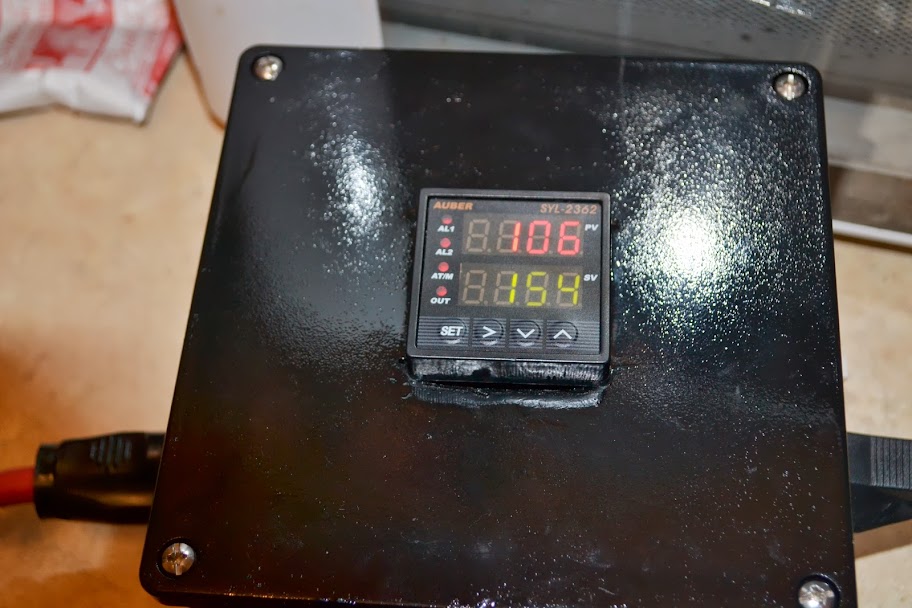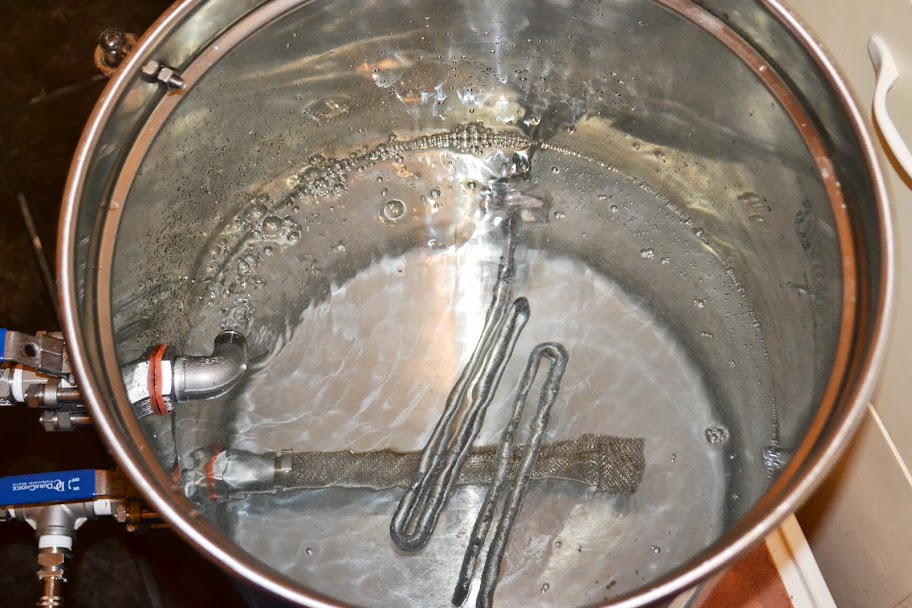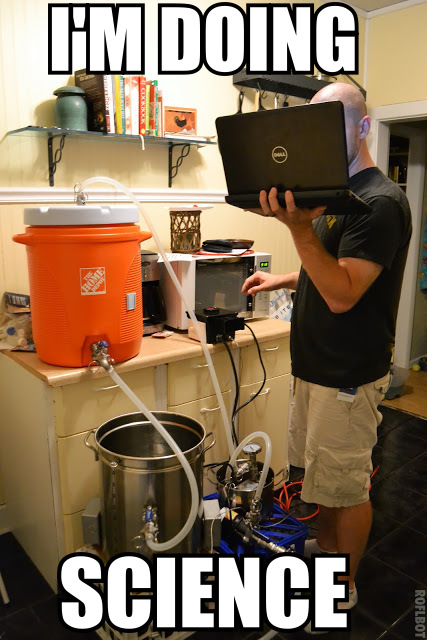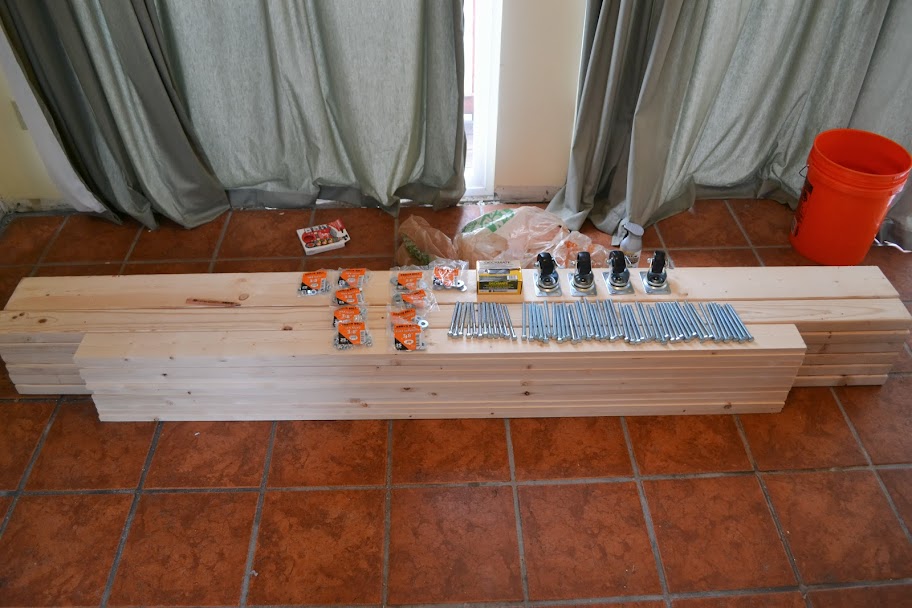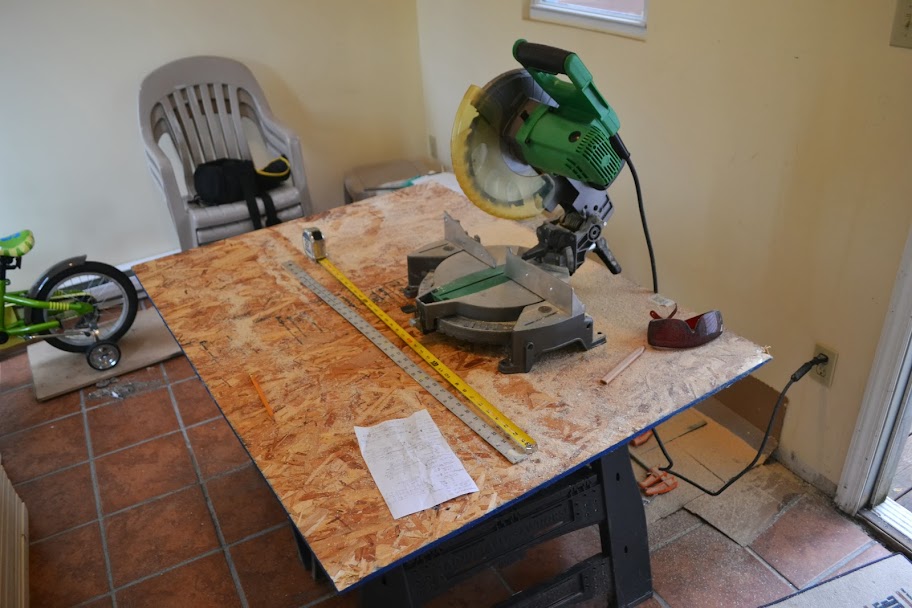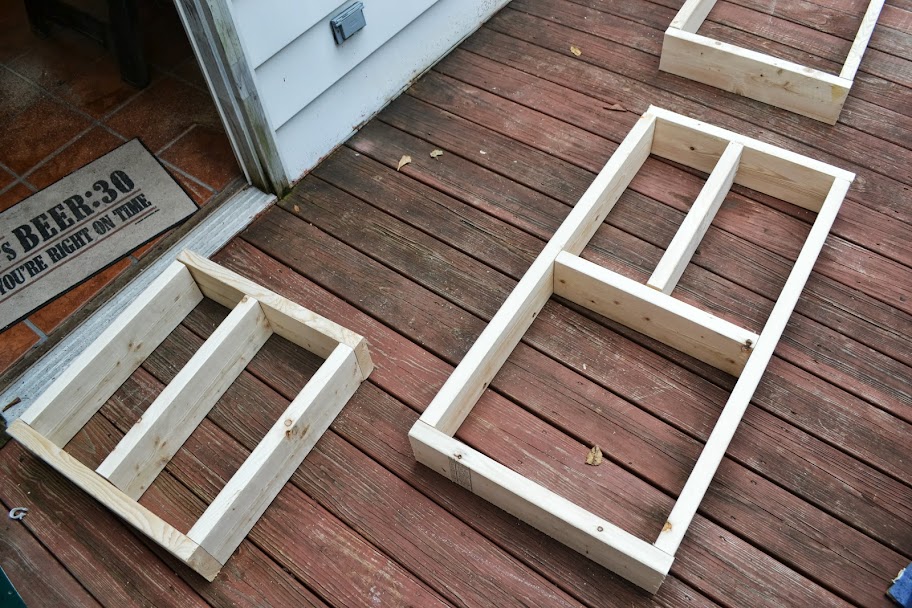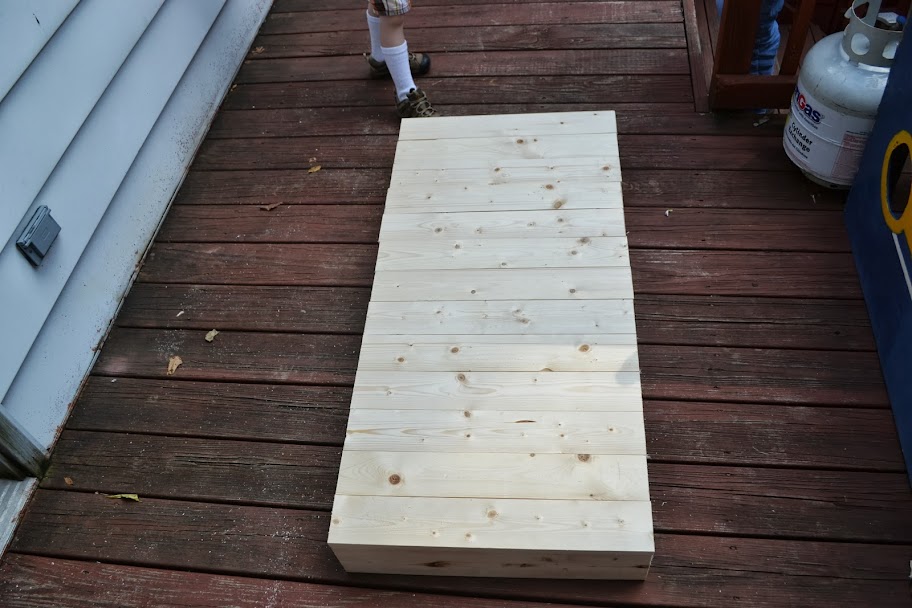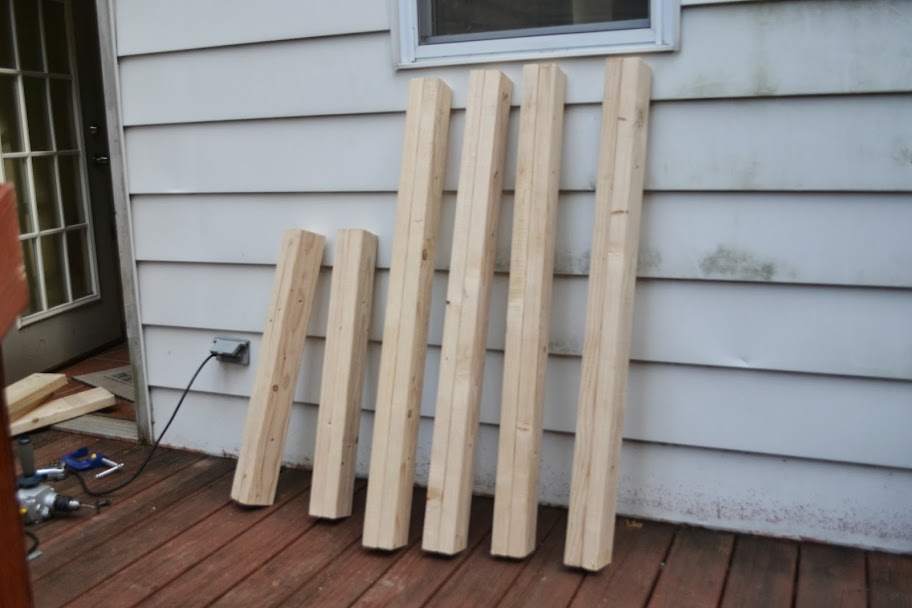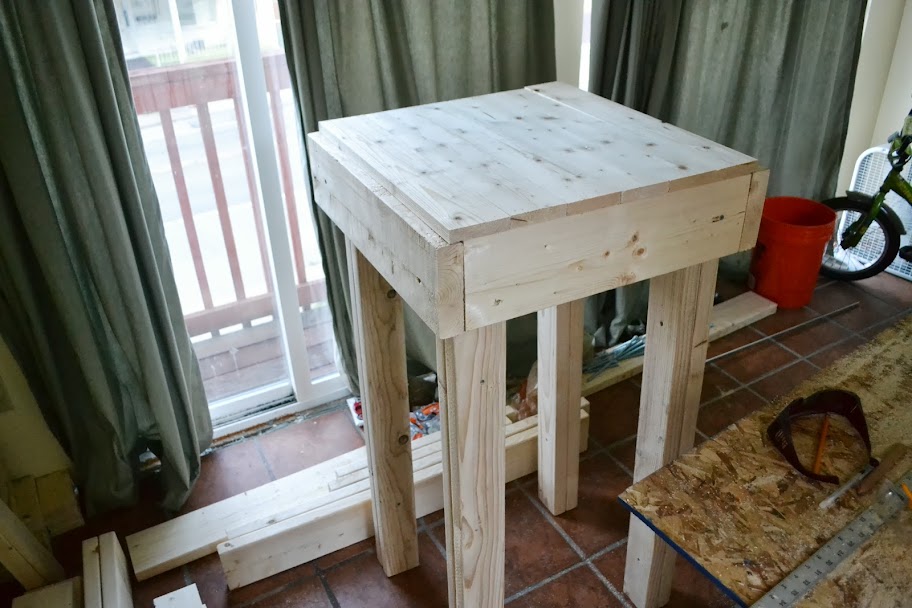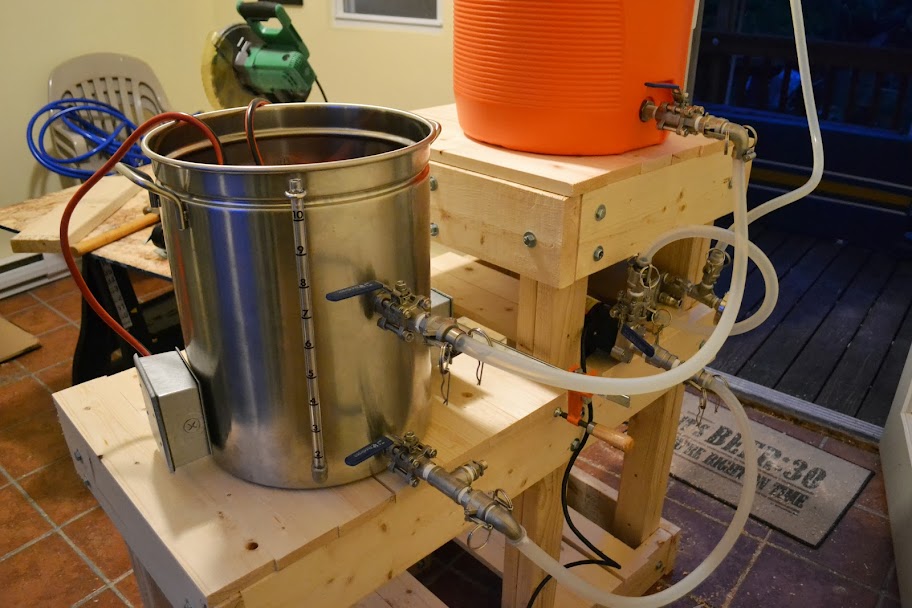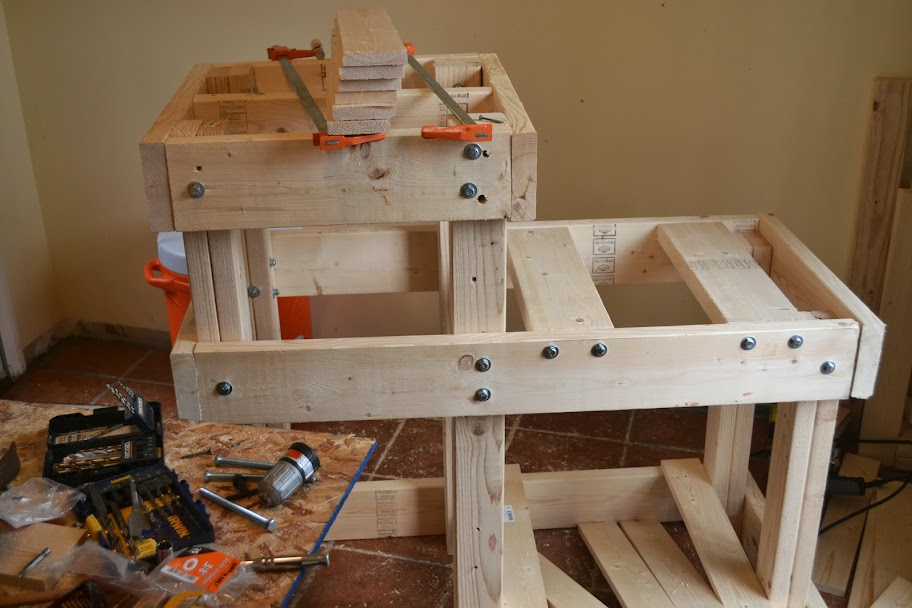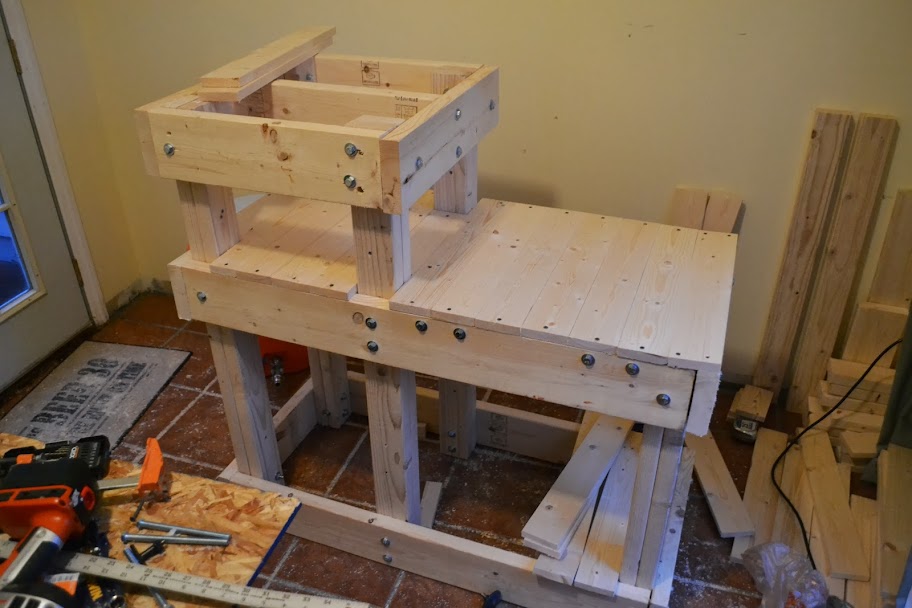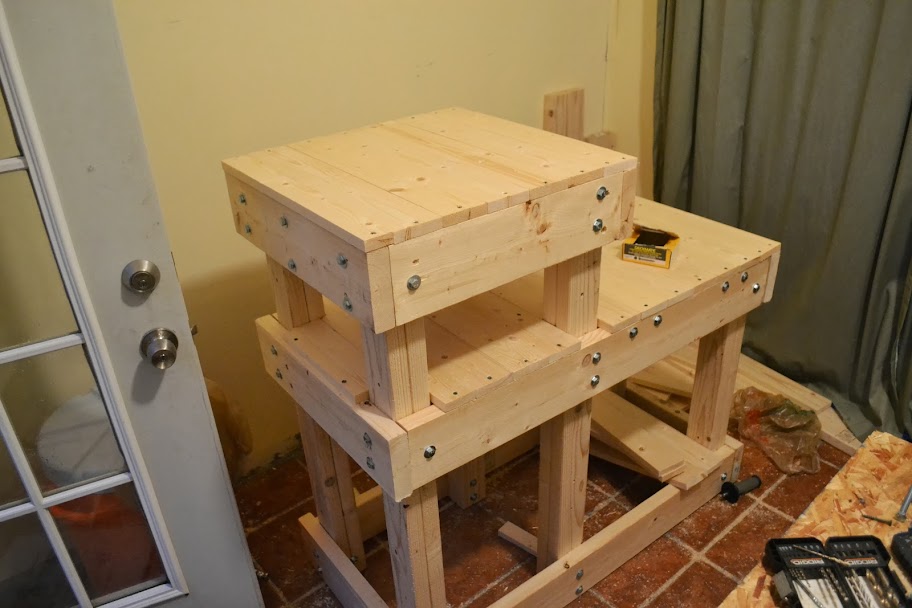This thread will be to document my electric brewing build. I am aiming for a variant on jkarp's CB20 build. Some changes to the design will be that I am going to use a plate chiller instead of a CFC (I plan on using a hop spider in conjunction with a kettle screen to minimize any blockage - I used these and had no problem in my last build that was constantly recirculating), a 11 gallon pot and a 10 gallon cooler. I want to do 5 gallon batches so I will be using two 120V elements, one controlled by a PID and the other just plugged in (to use during the boil). I also plan on making a wood stand in lieu of the cooler sitting on top of a bucket. I already found two separate 20A circuits in my kitchen so I should be good in that regard.
I have sold some of my old setup and just put in my first order on Amazon and BrewHardware to get my kettle, fittings, pump, hoses and some other pieces and plan on getting a cooler from HomeDepot in the next few days. Its definitely going to be a WIP for a while as I am trying to limit my funds to what I get from selling my old gear. But I hope to be brewing on it by September-October.
I have sold some of my old setup and just put in my first order on Amazon and BrewHardware to get my kettle, fittings, pump, hoses and some other pieces and plan on getting a cooler from HomeDepot in the next few days. Its definitely going to be a WIP for a while as I am trying to limit my funds to what I get from selling my old gear. But I hope to be brewing on it by September-October.










![Craft A Brew - Safale S-04 Dry Yeast - Fermentis - English Ale Dry Yeast - For English and American Ales and Hard Apple Ciders - Ingredients for Home Brewing - Beer Making Supplies - [1 Pack]](https://m.media-amazon.com/images/I/41fVGNh6JfL._SL500_.jpg)



































